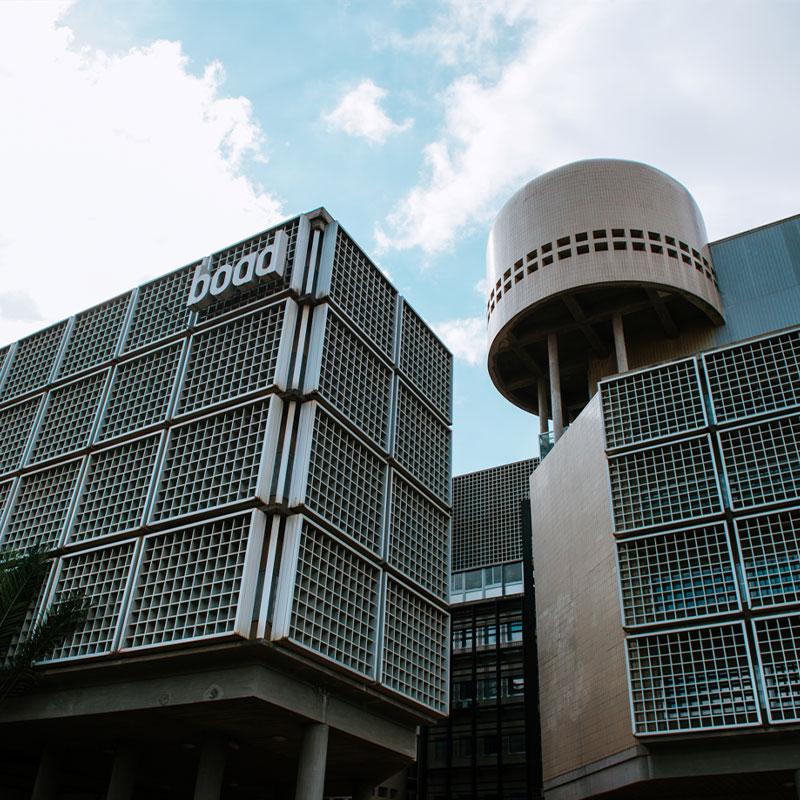A study presented to the WAMU Council of Ministers in December 1970, at its request, noted that the idea of allocating part of the BCEAO’s net profits to actions of common interest met two concerns often expressed by the States:
- Give the Monetary Union a consistency that goes beyond the simple monetary framework to develop an area of common economic interests and development.
- Make the Union’s institutions instruments of promotion, without the Central Bank stepping outside its monetary responsibilities.
At the same time, a study carried out by Prof. Tremblay, Director of the Centre de Recherche en Développement Économique at the Université de Montréal, at the request of the President of the Republic of Niger, concluded that WAMU institutions were focusing too much on monetary management and maintaining external reserves, and that they needed to be redirected towards contributing to development efforts.

